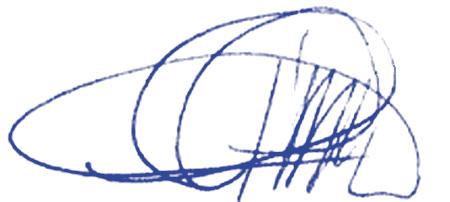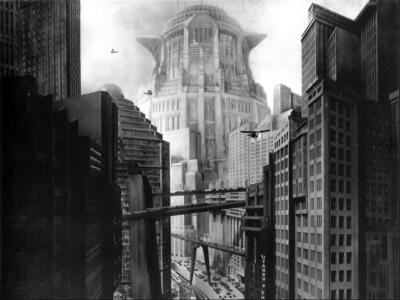
3 minute read
About the New European Bauhaus, the Green deal and the Next Generation EU
Authors of the future with a foot in the past
Several months ago a friend sent me a link in WhatsApp: 'Un nouveau Bauhaus pour faire de la vague de rénovation un projet culturel'. It was the title of a short report published in www.architectes.org after Frau Ursula von der Leyen announced the launch of the New European Bauhaus initiative which is in line with the objectives set within the overall EU policies for the period 2021-2027. The initiative aims to contribute create the necessary cultural ground to face the challenges determined by a rapid environmental deterioration, global warming and climate changes that are severely impacting the whole planet, with a comprehensive approach as foreseen in the Green deal by promoting new economic and social development models after several years of economic, social incertitudes and discontent.
Instantly a mix of sweet and sour feelings reemerged as in a movie linked to my own life experience. In fact, the Bauhaus was one of the most relevant cultural movements of the 20th century and it is still strongly embedded in the imaginary of architects, designers, artists or more in general the variegated world defined 'creative and cultural communities' which I feel to belong to.
A multidisciplinary innovative school based in Weimar, alike other contemporary movements active in several European countries since the late 19th century, the Bauhaus had the capacity to propose new models of both private and public space, innovative technologies and materials, basically proposing a new possible way of living but also much more, with incursions in the cinema production, industrial design, applied arts, fashion design, photography, theatre and music. A real cultural revolution that gave several concrete signs of its maturity and reached perhaps one of its apical moments when Mies van der Rohe was chosen by the Werkbund to coordinate the project for the Weissenhofsiedlung, a housing complex built to be displayed at the Deutscher Werkbund exhibition that took place in Stuttgard in 1927.
The experience of the Bauhaus and the other movements active in Europe between WW I and WW II coagulated in the Modern Movement leaving us a legacy that signed the line between past and future. A totally new language was invented that became viral inspiring most of the following generations of architects and engineers and gave indications for a possible future habitat.
Unfortunately, after WW II the need for a rapid reconstruction, the very aggressive action of estate speculators and an equally aggressive public housing policies caused an heavy impact on the territory. We assisted to the growth a new era centred on land abuse and neglect that strongly contributed to the rapid environmental degradation that in our days is blunt evident worldwide.
Being a member of the middle generation that has enjoyed part of the benefits and suffered most of the degenerative effects left by the so said heirs of the Modern Movement, I can testify most of the damage caused by misinterpretation of the needs and the mismanagement of the human settlement, in whatever its expression. That is how in July 2017, I participated as a delegate to the Congress of the Italian Architects that was held in Rome. A congress attended also by the leaders of the organizations representing architects, engineers, geologists and other professional categories of the sector at the European institutions.
There I met many colleagues and we found ourselves discussing of the urgency of embarking on a new path to place the project again at the centre of a changing process, this time however aimed at the recovery and regeneration of the built territory excluding new consumption of land, and, the return of the anthropised space to nature as possible. We all agreed that reference to the Bauhaus should have been made assuming it as a model, however just as clearly we agreed on the need for a broad sharing of choices according to a participatory and inclusive model, both at a multidisciplinary and inter-sectoral level, most of all through projects shared with the local communities.

We must keep in mind that the Next Generation EU introduces an unprecedented effort with the aim to leave better conditions for the future generations and for the planet as a whole. A new trend that is possible also thanks to the results obtained with the important investments made by the Union in research and innovation programmes, often little known by the most yet able to create most of the preconditions needed for the development of a sustainable environmental pattern where the impact of the human activities is reduced and harmonised with the rest of the planet.
between the EU leaders, most of the main stakeholders and the final beneficiaries. The New European Bauhaus well synthesises this convergence that, like all moonlight kisses is a very promising initiative that could also concretely contribute to the development of a shared European Culture of the Habitat, strong of its different souls and histories. However, to prevent the degeneration registered during the latest decades in the development of the human settlement, it is up to us to take part within the whole process, to share part of the responsibility and be vigilant to prevent that a moonlight promising project turns into a nightmare in the sun.

We owe this to the generations to come and to the planet that generously hosts us.
Our cultural heritage expert, Claudio Cimino

A hundred years after the experience of the Bauhaus there is apparently a convergence






